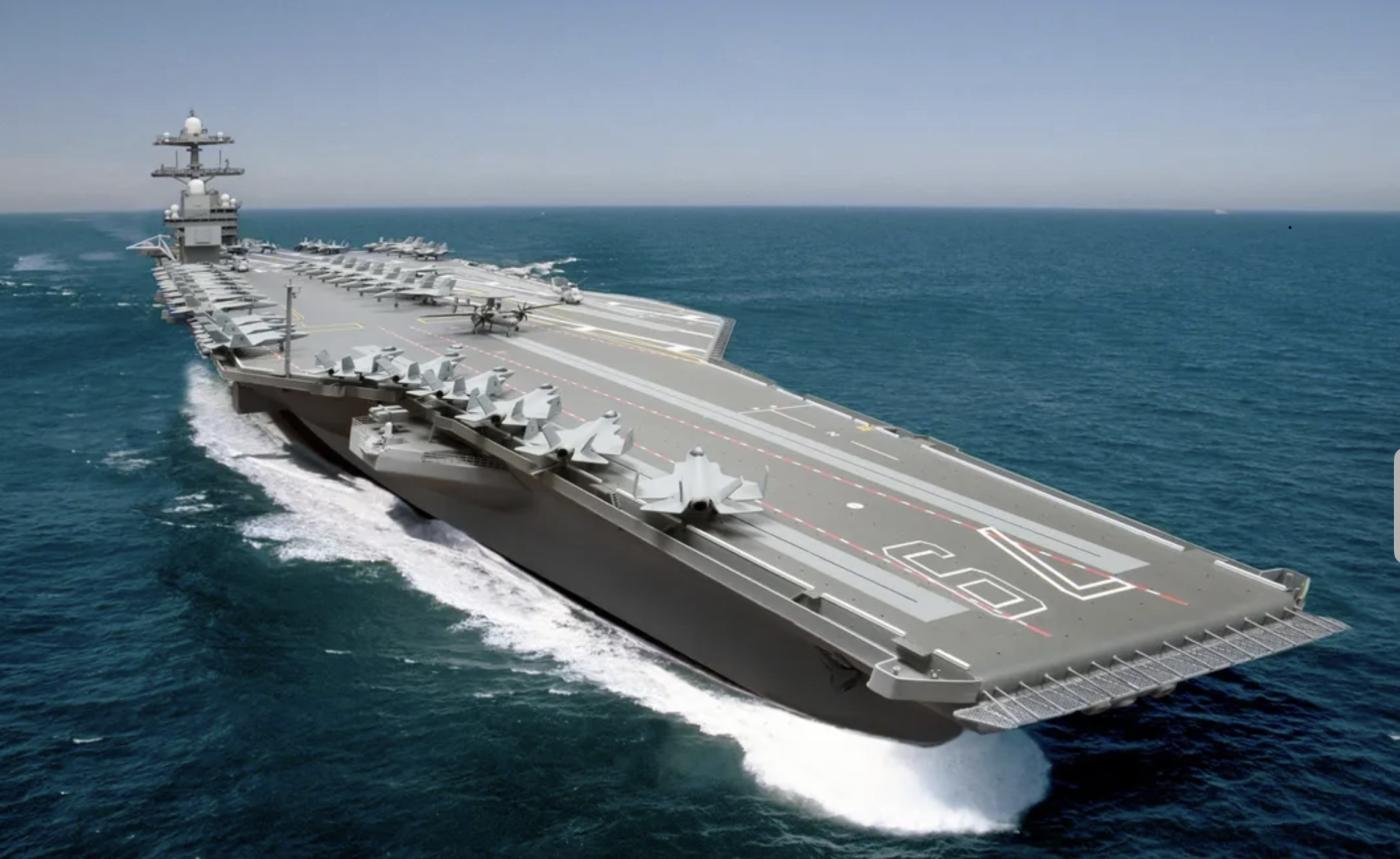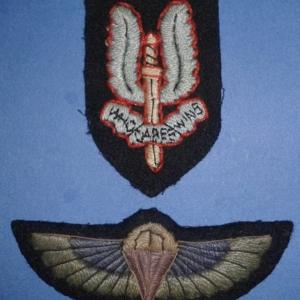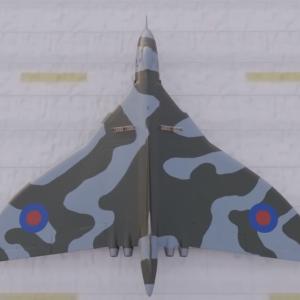
Worlds largest aircraft carrier
The World’s Biggest Aircraft Carrier: USS Gerald R. Ford (CVN-78)
The USS Gerald R. Ford (CVN-78) is the largest and most advanced aircraft carrier in the world. Commissioned into the United States Navy in 2017, this nuclear-powered supercarrier represents the latest evolution in naval warfare, offering cutting-edge technology, increased efficiency, and superior combat capabilities. The Ford-class carriers are set to replace the Nimitz-class carriers, which have been the backbone of the U.S. Navy’s fleet since the 1970s.
Size and Specifications
The USS Gerald R. Ford is an engineering marvel, boasting a displacement of approximately 100,000 tons and a length of 1,092 feet (332.8 meters). Its flight deck spans about 256 feet (78 meters) in width, allowing it to support a vast array of aircraft, including the F-35C Lightning II, F/A-18 Super Hornet, EA-18G Growler, E-2D Hawkeye, and various helicopters.
With a nuclear propulsion system consisting of two A1B reactors, the Ford-class carriers can operate for more than 20 years without refueling, ensuring global reach and sustained military presence. The ship has a top speed exceeding 30 knots (approximately 35 mph), enabling it to respond rapidly to international crises.
Advanced Technology and Innovations
The USS Gerald R. Ford incorporates numerous technological advancements that improve efficiency and combat effectiveness. One of the most notable is the Electromagnetic Aircraft Launch System (EMALS), which replaces traditional steam catapults. EMALS allows for smoother aircraft launches, reduces wear on airframes, and enables the launching of a wider range of aircraft.
Additionally, the Advanced Arresting Gear (AAG) enhances aircraft recovery, improving safety and reducing stress on both the aircraft and the crew. The ship is also equipped with enhanced radar and sensor systems, including the AN/SPY-3 and AN/SPY-4 radars, which provide superior threat detection and tracking.
Another key innovation is the optimized island superstructure, which has been redesigned to improve flight deck operations and increase the efficiency of aircraft handling. This allows for a higher sortie rate—up to 33% more launches and recoveries than previous carriers.
Crew and Operational Capabilities
The USS Gerald R. Ford accommodates approximately 4,500 personnel, including sailors, aircrew, and support staff. Thanks to automation and advanced technologies, the carrier requires a smaller crew than its predecessors, reducing operational costs and improving working conditions.
As a centerpiece of naval power projection, the Ford-class carriers are capable of launching both offensive and defensive operations. Their ability to deploy fighter jets, electronic warfare aircraft, and surveillance platforms makes them a formidable force in modern warfare. Additionally, they can support humanitarian missions, disaster relief efforts, and strategic deterrence.
Future of the Ford-Class Carriers
The USS Gerald R. Ford is the first of a planned fleet of Ford-class carriers. Several more ships, including the USS John F. Kennedy (CVN-79) and USS Enterprise (CVN-80), are under construction or planned. These carriers will continue to integrate cutting-edge technology, ensuring that the U.S. Navy maintains maritime superiority for decades to come.
With its unparalleled size, state-of-the-art technology, and enhanced operational capabilities, the USS Gerald R. Ford stands as a testament to modern naval engineering and the evolving role of aircraft carriers in global security.










